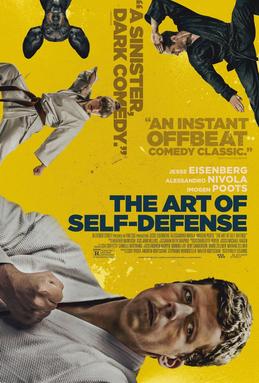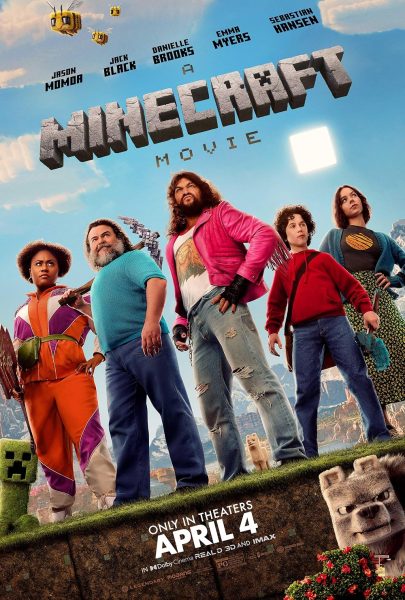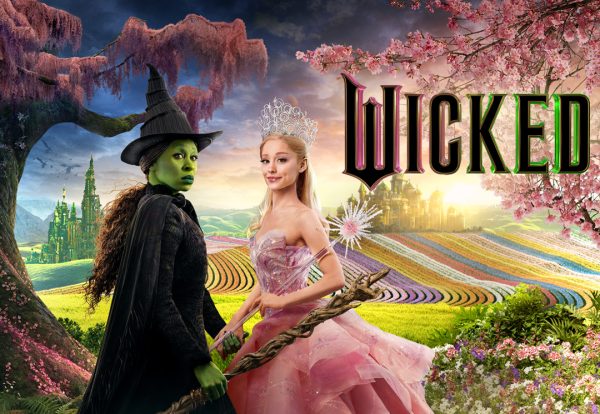The Art of Self-Defense is a brilliantly acted, but flawed film

4/5
There aren’t any bad performances in The Art of Self-Defense. Jesse Eisenberg does a fantastic job as usual, and Alessandro Nivola and Imogen Poots do a phenomenal job of rendering their characters. In a movie that relies primarily on quirkiness to make its characters likable, the acting is crucial to what makes this such an entertaining movie.
However, the movie does seem to echo Fight Club thematically, and it suffers from being the lesser companion piece. Perhaps if this movie were made in a different context or a different time, I’d like it more than I did, but it wasn’t. It’s a shame, because it’s a pretty important movie, with a lot to say about society’s treatment of women, as well as exploring the dynamics of cults.
Now, though it does thematically resemble Fight Club, The Art of Self-Defense is a vastly different movie. The main characters are pretty similar, both of whom are office drones who seem to be in good standing with their boss, which is important because the relationships between them diminish throughout both movies. They both get involved in an obscure organization, though, in Fight Club, the main character founded the organization, that involves fighting. In spite of this, The Art of Self-Defense sets itself apart with lighter, yellower color palette, which is different from the green, noir palette of Fight Club. As such, Where Fight Club is a sarcastic thriller with comedic elements, The Art of Self-Defense is a sincere comedy with thriller elements.
As a comedy, The Art of Self-Defense works very well. It’s hilarious in a very low-key, quiet way. It’s reminiscent of a Wes Anderson film, or a Woody Allen film. And so, there’s this clash of theme and style, which alternately works for and against the film depending on the circumstances. Some of the dark elements come across as insincere, or ineffective because of the lighter tone of the cinematography.
That being said, the moment that reveals, for the audience, that the organization was darker than it seemed to be, was an unforgettably affecting moment. Some movies will show a corpse, or will reveal it on footage of some kind. It’s effective, but it tends to have a somewhat detached feel to it, and it feels very expositional. This movie, instead, features a scene of a man’s arm joints being shattered. And the breaking itself is the beginning. The man lets out a blood-curdling scream, as the protagonist jumps back, frightened in exactly the same way the audience is. It’s easily the most effective scene in the movie.
The movie’s flaws lie in a muddy conviction towards the themes and style. However, as is often true in filmmaking, a distinctive choice is better than a weakly motivated choice. And so, in spite of the confusion in tone, the choices are interesting and hold attention. I was never bored when I watched this movie, which can happen if the stylistic choices don’t quite match the movie’s tone. So, though the cinematography could have benefitted from some more variety, the movie is a wild ride worth sitting through.

Hi, my name is Chirag Mangnaik. I’m a senior at Clements High School and I’m Secretary of Filmmaker’s Club and Vice President of Creative Writing...









